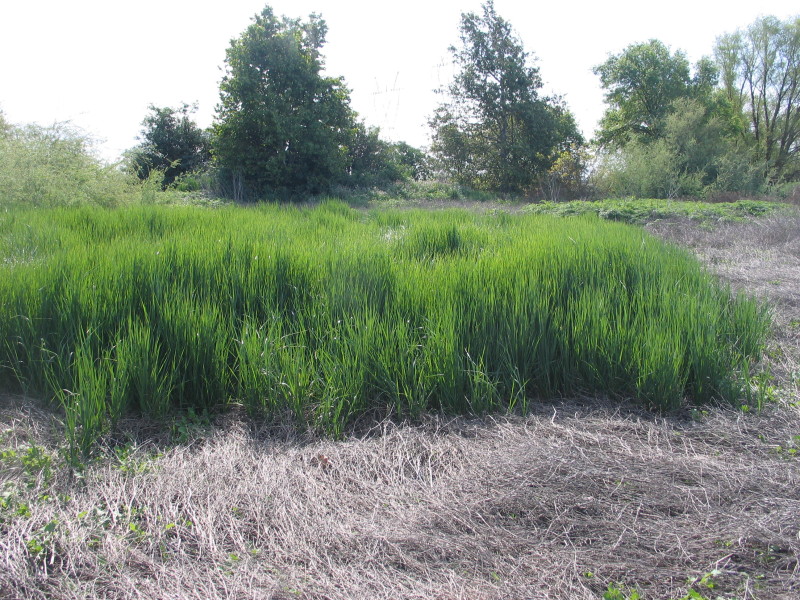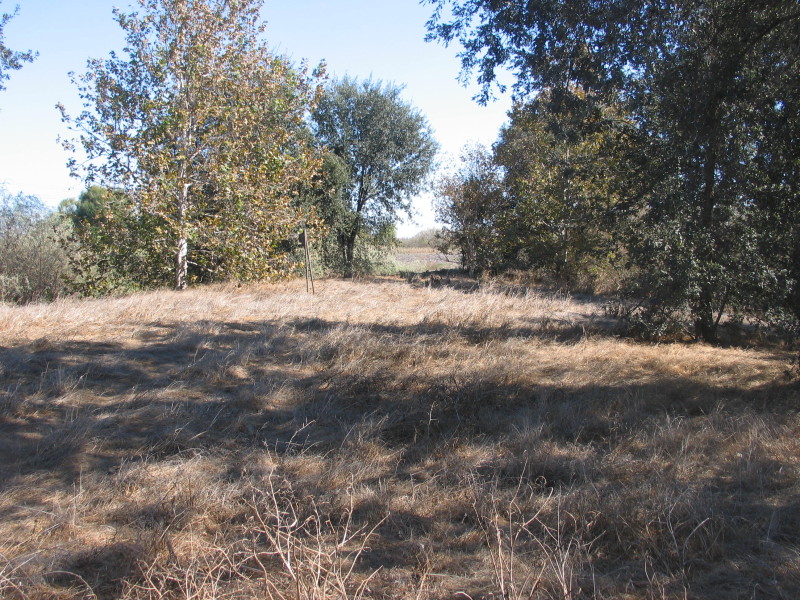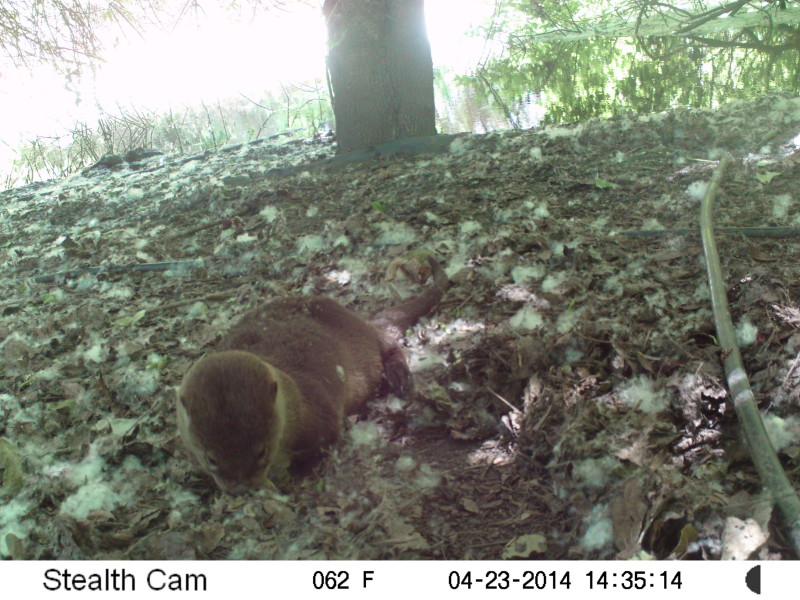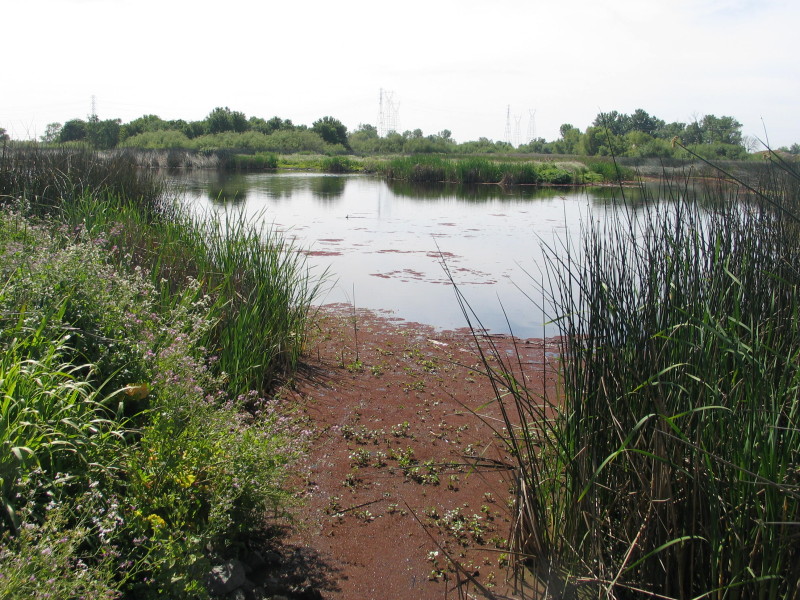

Area: 50 Acres
Location: City of Stockton, San Joaquin County, California
Date Acquired: 1994
Acquisition Type: CNLM owns the preserve. We protect and manage imperiled species and habitats on the preserve in perpetuity.
Key Habitats: Valley Foothill Riparian, Freshwater Aquatic Wetland and California Annual and Perennial Grassland.
Species of Special Interest to CNLM: Swainson’s hawk (Buteo swainsoni), Valley elderberry long-horn beetle (Desmocerus californicus dimorphus) and Tri-colored Blackbird (Agelaius tricolor).
Introduction
The Pace Preserve is a 50-acre wetland and mixed riparian preserve located next to the San Joaquin River near the city of Stockton and Buckley Cove Marina in San Joaquin County. The Preserve was created in 1993 by the Grupe Company as mitigation for their Brookside development in the city of Stockton. The Center for Natural Lands Management (CNLM) became owner of the Preserve in February 1995. At that time, a conservation easement over the 50 acres was deeded to the California Department of Fish and Wildlife (CDFW).
Formerly farmland, this Preserve was created on Elmwood Tract in the Sacramento/San Joaquim Delta. A reclaimed marshland consisting largely of peat soil, the Preserve is a system of sloughs and islands that open into a large pond all surrounded by grassland and riparian habitats. Concrete inflow and outflow weirs are used to control the water level within the sloughs and ponds. Water for the Preserve comes from a siphon located on the San Joaquin River/Deep Water Shipping Channel.
Conservation Significance
The Preserve is comprised of seasonal wetlands, tule marsh, flood plain riparian, oak sycamore, and riparian and nonforest upland habitats. Mitigation plantings were comprised of native species of trees, including Valley Oak (Quercus lobata), Cottonwood (Populus fremontii), Black Walnut (Juglans hindsii), Sycamore (Platanus racemosa), Black Willow (Salix nigra), Box Elder (Acer negundo), Oregon Ash (Fraxinus latifolia), Interior Live Oak (Quercus wislixeni) as well as various native shrubs, such as; wild rose (Rosa californica), wild grape (Vitis californica), native blackberry (Rubus ursinus), and elderberry (Sambucus nigra caerulea).
Since 1995, 139 species of birds have been identified as utilizing the Preserve on at least one occasion. Birds merely flying over, such as swans or cranes, are not included in this list. Twenty-eight species have either been confirmed as nesting, or are suspected to be nesting on or adjacent to the Preserve. A total of 22 sensitive bird species have been observed on the Preserve, they include state threatened or endangered species, state or federal species of special concern, state fully protect species, birds of conservation concern by the U.S. Fish and Wildlife Service, and birds on Audubon’s watch list. These species of special concern include: Swainson’s hawk, peregrine falcon, osprey, American white-pelican, yellow-headed blackbird, tri-colored blackbird, loggerhead shrike, short-eared owl, northern harrier, double-crested cormorant, Cooper’s hawk, sharp-shinned hawk, yellow warbler, long-billed curlew, white-tailed kite, short-billed dowitcher, white-throated swift, hermit warbler, and oak titmouse.
Our Work
CNLM owns the Pace Preserve and is responsible for perpetual management of this property. Our goals for this Preserve include providing a minimum of 20 acres of wetland and riparian habitat, creating a diversity of habitat types (moist meadow, perennial wetland, seasonal wetland, grassland, and seasonal mudflats) by controlling water levels); maintaining a large unobstructed body of water for birds to use as resting, loafing, and feeding habitat, and providing several thousand linear feet of vegetated shoreline, including shaded aquatic habitat, roosting sites over water, and marsh/open water interface.
Public Access
Due to the vulnerability of the species and habitats that exist on this Preserve, it is not open to the public.
Contact
For information on Pace Preserve or Center for Natural Lands Management, please contact Erik Gantenbein, Preserve Manager at egantenbein@cnlm.org or 760.731.7790 extension 213.





